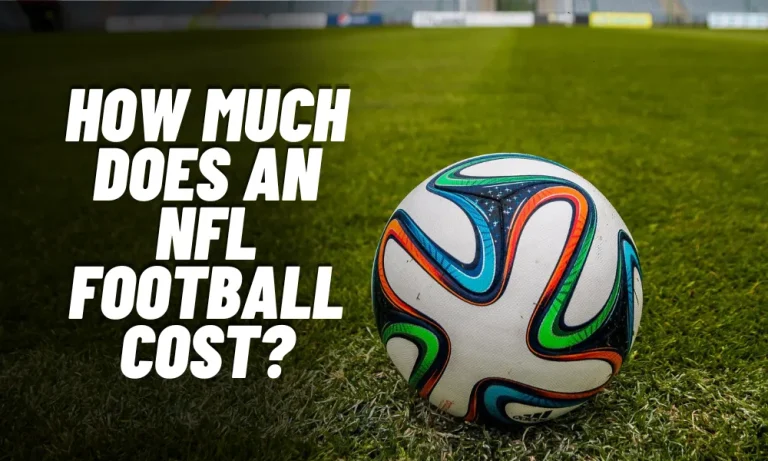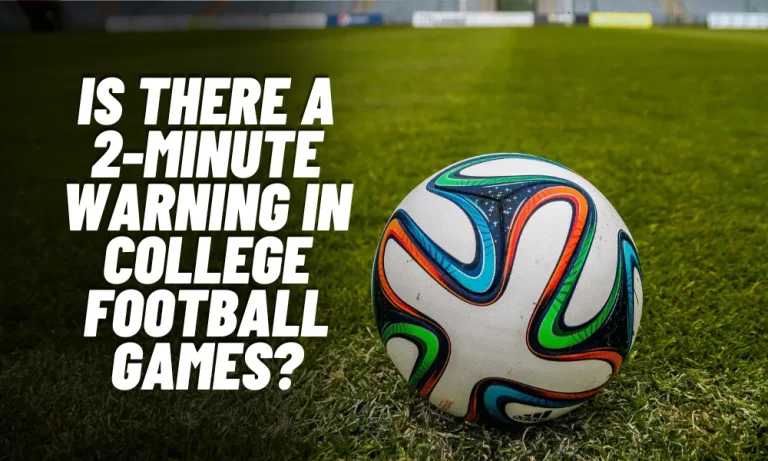Football and Rugby Scrums: A Comparative Analysis
Hey there, sports enthusiasts! Ever wondered about the intricate details that set football and rugby scrums apart? In this article on Football and Rugby Scrums: A Comparative Analysis, we are diving deep into the unique world of scrums in these two popular sports.
From the formation and positioning of players to the rules and strategies governing scrums, we will explore the similarities and differences between football and rugby scrums. So, grab your favorite snack, get comfortable, and let’s unravel the fascinating world of scrums in football and rugby!
Understanding the Basics of Scrums
In the realm of Football and Rugby Scrums: A Comparative Analysis, scrums serve as pivotal moments where players come together in a coordinated effort to gain possession of the ball. In football, a scrum occurs when players from both teams engage in a physical contest to gain control. On the other hand, rugby scrums involve a structured formation where players bind together to restart play.
The basic concept of scrums lies in the strategic element of regaining possession or securing an advantage on the field. While football scrums are more spontaneous and dynamic, rugby scrums follow a set protocol with specific rules governing player positions and engagement. Understanding these fundamental differences is key to appreciating how scrums contribute to the dynamics of each sport.
Purpose and Function of Scrums
When delving into Football and Rugby Scrums: A Comparative Analysis, understanding the purpose and function of Scrums is crucial. In football, scrums serve to resolve disputes or pile-ups, allowing fair play to resume swiftly. Conversely, in rugby, scrums are structured engagements used to restart play after certain infractions or stoppages.
The primary function of scrums in both football and rugby is to create a controlled environment where teams can compete for possession or advance their strategic positions on the field. While football scrums are more spontaneous and reactive, rugby scrums are highly regulated, emphasizing technique and teamwork. Recognizing the distinct purposes and functions of scrums in each sport sheds light on how these maneuvers shape the flow and dynamics of the game.
Formation and Positioning in Scrums
In Football and Rugby Scrums: A Comparative Analysis, the formation and positioning of players in Scrums play a vital role in the execution of these maneuvers. In football, players chaotically gather around the ball, aiming to gain possession through sheer strength and determination. On the other hand, rugby scrums involve a structured formation where players bind together in a coordinated manner, with specific roles assigned to each position.
Understanding the formation and positioning in scrums is essential to grasp how teams approach these strategic elements in football and rugby. While football scrums rely on quick reactions and physicality, rugby scrums emphasize technique, timing, and teamwork. The distinct formations and player positions in each sport’s scrum highlight the strategic variations that contribute to the unique gameplay dynamics of football and rugby.
Rules and Regulations Governing Scrums
When exploring Football and Rugby Scrums: A Comparative Analysis, understanding the rules and regulations governing Scrums is essential. In football, scrums are less formal, with fewer specific rules dictating player behavior during these contested moments. Players are often left to rely on their instincts and physical prowess to secure possession.
Conversely, rugby scrums are highly regulated, with strict guidelines dictating player positions, engagement sequences, and behavior within the scrum. These rules ensure safety, fairness, and proper execution of the scrum technique. By comprehending the distinct rules and regulations that govern scrums in football and rugby, one can better appreciate the strategic nuances and tactical approaches employed in each sport.
Role of Players in Scrums
In Football and Rugby Scrums: A Comparative Analysis, the roles of players in Scrums differ significantly between the two sports. In football, players involved in scrums must focus on securing possession through physicality and quick reactions, often with minimal structured positions.
On the other hand, rugby scrums require players to fulfill specific roles based on their positions within the scrum formation. Forwards typically take on the responsibility of binding together and engaging with the opposing team, while backs strategically position themselves to support the scrum and capitalize on potential outcomes.
Understanding the distinct roles of players in football and rugby scrums sheds light on how teamwork, strategy, and individual skills contribute to the success of these maneuvers in each sport. While football scrums rely on collective effort and intensity, rugby scrums highlight the specialized roles and coordinated efforts of players to execute scrums effectively and gain a competitive advantage.
Impact and Strategies in Scrums
When delving into Football and Rugby Scrums: A Comparative Analysis, it’s crucial to consider the impact and strategies employed in Scrums. In football, scrums can determine possession and momentum shifts, often relying on raw strength and quick decision-making.
In rugby, scrums serve as strategic opportunities to gain territory, control the flow of the game, and set up potential scoring chances. Teams employ specific strategies such as driving the scrum forward or wheeling it to disrupt the opposition’s setup. Understanding the impact and strategies in football and rugby scrums provides insights into how these pivotal moments shape the outcome of matches in each sport.
FAQ’S
1. Are scrums commonly used in football matches?
No, scrums are rare in football and typically only occur in certain situations, such as when a live ball is loose on the ground.
2. What is the main objective of a rugby scrum?
In rugby, the primary goal of a scrum is to restart play safely and fairly after certain infractions or stoppages.
3. How do players bind in a rugby scrum?
In a rugby scrum, players bind by interlocking arms and gripping the opponent’s jersey to create a stable and secure scrum formation.
4. Can scrums lead to injuries in both football and rugby?
While injuries can occur in any physical sport, proper technique, adherence to rules, and player safety measures help minimize the risk.
5. Do football and rugby scrums require similar skill sets from players?
No, the skills needed for football scrums are more focused on quick reactions and strength, while rugby scrums demand technique, coordination, and strategy.
Conclusion
And there you have it, folks! We’ve journeyed through the realms of Football and Rugby Scrums: A Comparative Analysis, shedding light on the nuances of these pivotal moments in both sports. Understanding the basics, purposes, and roles within scrums has given us a newfound appreciation for the intricacies of football and rugby.
Whether you’re a die-hard fan or a curious newcomer, exploring the evolution and impact of scrums in football and rugby offers a deeper insight into the strategic elements of these beloved sports. So, next time you witness a scrum on the field, remember the unique characteristics that make each sport’s scrum a crucial aspect of gameplay.


